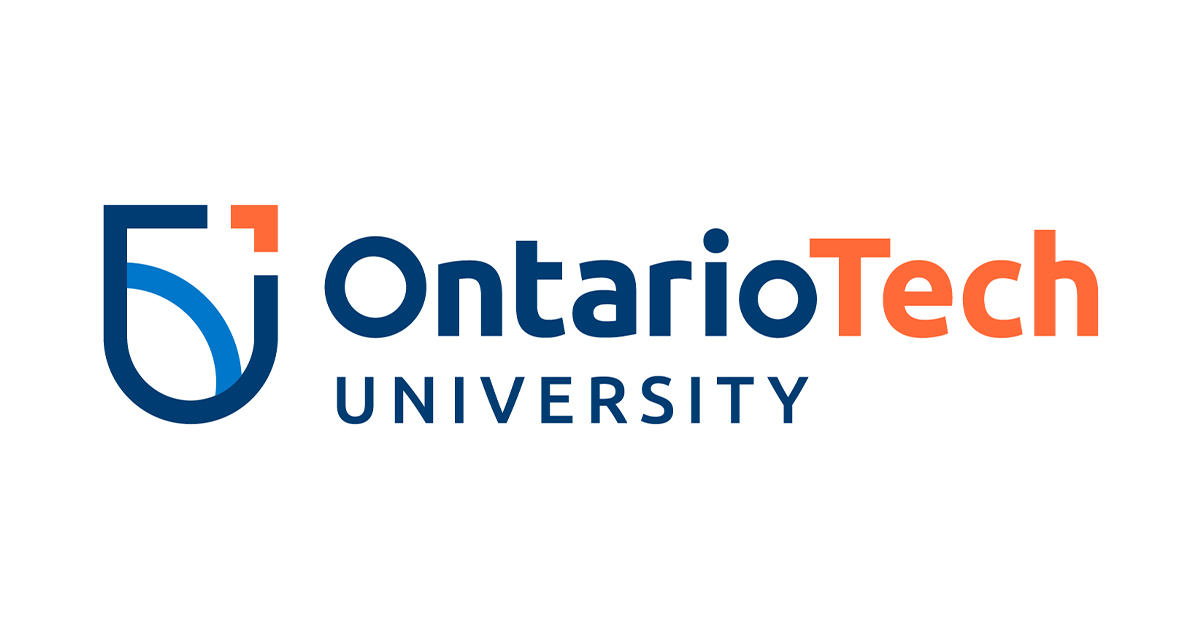The water crisis facing Indigenous communities in Canada
June 4, 2021
In 2015, the government of Canada made a promise that they would ensure that by March 2021, all Indigenous communities within Canada would no longer be experiencing inadequate access to clean and safe water. This would mean successfully lifting all long-term drinking water advisories. As of June 2021, and there are still active drinking water advisories in 33 Indigenous communities [1]. As well, much of the work that has been done by the government on Indigenous reserves to ensure clean water has been flawed or left incomplete. Amid a worldwide pandemic, the right to access clean water is dire, however many Indigenous communities still are left with advisories on their water and have received little to no help to ensure they have access to clean water.
What is causing the clean water crisis?
This situation is a reflection of racist ideologies that have been built into Canada’s government institutions for centuries. The treatment of Indigenous people in Canada has been a prominent issue throughout history and persists to this day. Colonization that occurred has led to Indigenous people being forced off their land and into reserves. These reserves are often very remote and therefore require water treatment plants to make their water sources safe to use. However, these racist ideals lead to many obstacles that First Nations communities must face to receive proper help and funding when issues with water arise.
A major contributor to Canada’s clean water crisis is the process of funding Indigenous communities must go through to make sufficient changes to water supplies on reserves. For these communities to receive government funding, they must go through the ISC, also known as Indigenous Services Canada. Receiving funding is a lengthy process. First, Indigenous communities must apply to ISC with their need for funding. ISC then must pick one community that will receive funding. This means that a lot of communities' needs go unattended as they are not picked to receive funding [2].
The First Nations communities that are not picked to receive funding are placed under a water advisory. There are 3 types of water advisories: boil water advisories, do not consume advisories and do not use advisories. The most common one in Canada currently is boil water advisories, which means that people living on reserves need to boil their water for at least one minute before using it.
What is happening now?
Currently, in Canada, there are still 33 water advisories in place in First Nations communities. This is a decrease from the previous number of water advisories in place in 2015 which was 126. However, this number only accounts for advisories that were considered long-term, meaning that they had been in place for over a year. [3]
Ways you can help
Send a letter to Prime Minister Justin Trudeau
Donate
Water First provides education and training to Indigenous communities to help them address numerous water challenges they may be facing
True North Aid is a Canadian charity that aims to support Indigenous communities with initiatives based on self-determination, reconciliation, water, food, health, housing, hope, and education.
Educational resources
Resources
[1] https://canadians.org/fn-water






